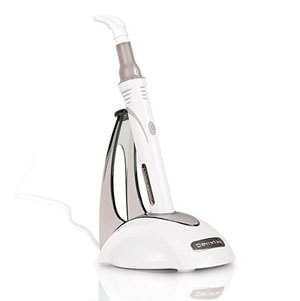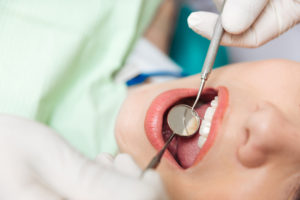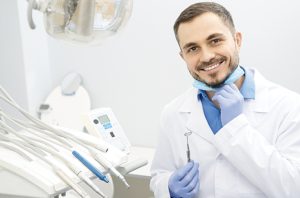Jaw alignment and TMJ disorders often correlated. Misaligned teeth or jaws can cause TMJ disorders. The human body remains interconnected, with one function affecting the other. For instance, the oral health system links with the mind-body connection. For anyone suffering from temporomandibular joint (TMJ) disorder, jaw alignment plays an essential role in causing visible symptoms.
Jaw misalignment Vs. Temporomandibular Joint (TMJ) Disorder
The symptoms of temporomandibular joint (TMJ) disorder include headaches, teeth grinding, limited jaw movement, muscle soreness, and dizziness. Additional jaw alignment can ripple this symptom for a patient suffering from temporomandibular joint (TMJ) disorder.
Jaw misalignment triple can deteriorate TMJ disorders and consequently result in additional problems such as poor posture. Though posture can negatively affect the temporomandibular joint (TMJ), there exists no direct link between posture and TMJ disorder
Symptoms of Misaligned Jaw
Muscle Overcompensation – muscle overcompensation often occurs due to increased muscle strain that can lead to pain around the shoulder, neck, and head. Such strain accounts for most TMJ symptoms such as jaw soreness, backaches, and ear ringing. Doctors recommend treating misaligned teeth to counter TMJ disorder symptoms.
Neurological Symptoms- neurological Symptoms emerge due to the pressure exerted on the nerves, especially from tight and strained muscles. Such pressure may lead to devastating effects such as numbness or upper face tingling. When tingling advances to the entire upper body, it becomes frightening, prompting immediate medical attention before it becomes a life-threatening illness.
Preventing Jaw Misalignment
Often, efficient body functions require a balance in both muscle and strength. The normal amount of opposing energy on either side of muscles, bones, and body fluids keeps bones centered in the joints, especially during motion. Factors such as poor posture and misaligned jaws causes stress that can easily make one muscle more dominant than the other. This effect can disrupt the kinetic energy in the entire body, leading to injury or pain at the minimal. This effect is also similar in jaw misalignment. However, the effects of this misalignment cause problems such as TMJ disorders prompting for a prompt approach to treat the problem.
An interesting consideration shows a relationship between craniofacial structure, misaligned teeth, and oral habits. Malocclusion, misaligned teeth, and oral habits at childhood can impact the positioning of the Jaw and consequently ripple effect into adulthood. While the craniofacial structure remains genetic in most infants, parental influence through activities such as introducing pacifiers can influence the position of the Jaw. Most symptoms may remain invisible until adulthood when TMJ symptoms begin to manifest.
Treating TMJ Disorder Trough Jaw Alignment
Finding a non-surgical treatment for TMJ pain disorder is often a challenge. Medical professionals recommend non-invasive options to treat symptoms.
Misaligned teeth can adversely affect positioning of the Jaw. Such a scenario may cause facial and neck pain that can be treated through pain relieving medication. You can employ stress reducing techniques, oral appliances, and massages to reduce TMJ pain. You can also try Neuromuscular dentistry.
Neuromuscular dentistry
Neuromuscular dentistry can produce balance by correcting jaw misalignment at the temporomandibular joint. The dentist approaches the teeth, joints, nerves, and muscles by considering their functions together and independently. The approach follows a step by step approach to identify the cause of jaw alignment
















